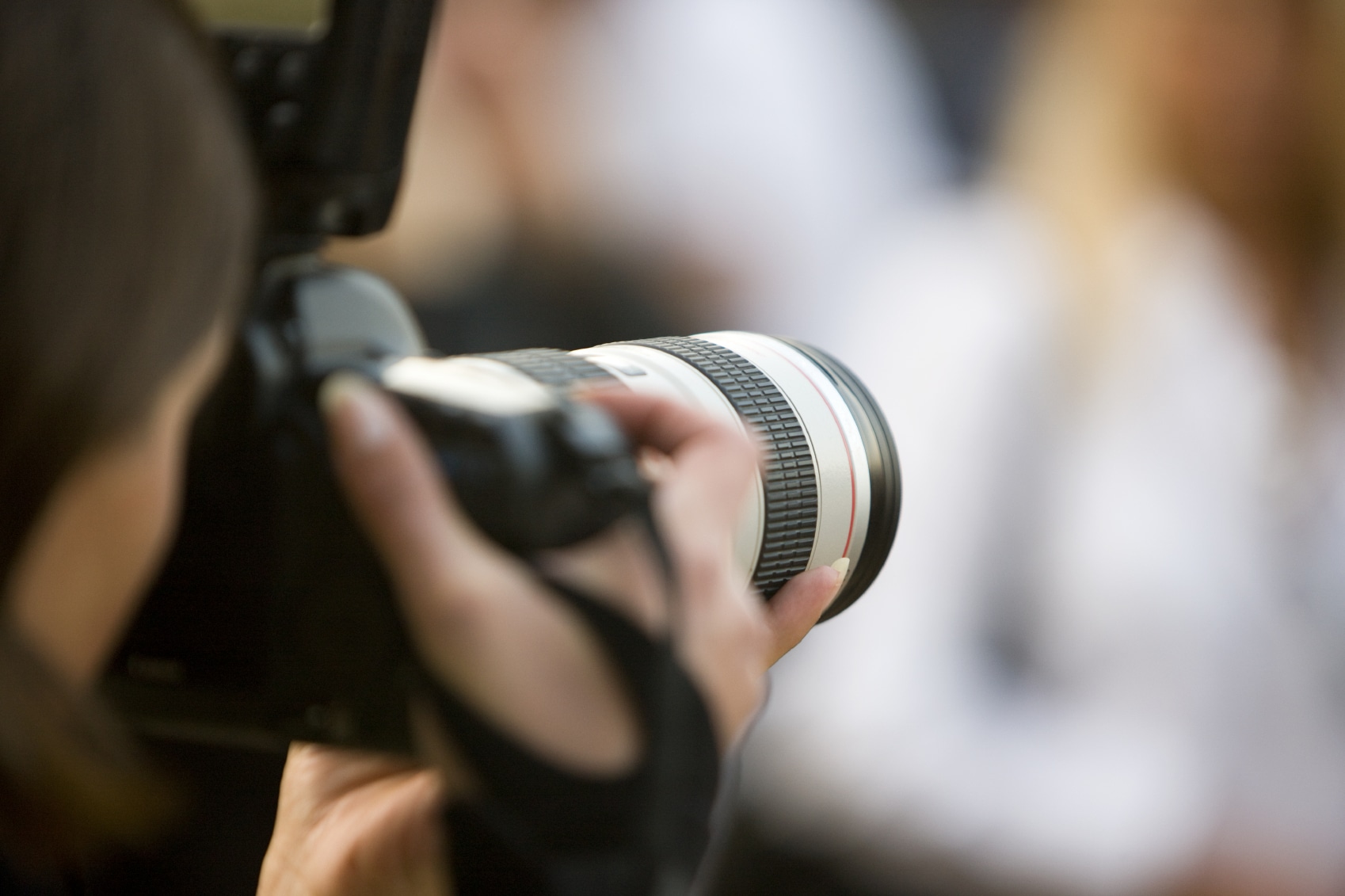Photography may be a natural thing for some people, but many of us need a little practice. Adopting the following habits can help you in your quest to become a better photographer:
With the risk of us telling you the obvious, when you use manual exposure mode, you have complete control of the aperture of the diaphragm and the shutter speed at the time you are going to take the photo, this means that to make good images, you will need to determine if you want a blurry image or a frozen movement and the depth of the field you want in each photo.
- And if you adjust specific sensitivity settings instead of using automatic ISO.
- You can also determine how much noise you want in your photos.
Many experienced photographers understand the principle of manual exposure, but use semi-automatic aperture priority modes for convenience.
Does using manual mode lead you to analyze and think about the exposure and how you want your images to come out, more carefully? Which can be a good thing and show that you are a better photographer than before.
Checking your camera’s histogram view for each image is a great way to better understand the brightness and exposure to be recorded. This simple graphic shows the number of pixels with brightness values between 0 (black) and 255 (white).
If you notice a very different peak at the far right of the scale, it is because your image may explode; on the other hand, a peak on the opposite side indicates large dark areas, with a high probability that certain areas of the image will turn black. .
By reviewing the histogram of each image you take, you can create a large photo, knowing how light and dark areas become images and how they alter the impact of exposure on a histogram.
Over time, you’ll learn how to interpret what you see and convert that data into exposure parameters.
Like displaying the histogram, using camera point measurement can help you understand how light exposure develops. Because a camera’s classification, matrix, and measurement system are designed to provide exposure settings that work on the image as a whole, the point measurement option adjusts these settings to a very specific point.
The function is used to suggest exposure settings that can transform the selected area into a midtone, which means you should use it very carefully. If it is a very bright or very dark point, the image will be overexposed or underexposed.
Many photographers rely on automatic white balance to make sure the colors are correct and that the lighting conditions are as natural as possible; However, this is too safe a bet.
Some photographers use default values to cope with specific lighting conditions, let alone rely on the ability to correct white balance with computer editing.
However, if you use your custom options or your digital camera’s white balance manuals every time you shoot, you’ll develop a better understanding of colors and whites. You will also be able to see the final result immediately after shooting, without having to wait to go to the computer and see it through your screen, so you will have a better idea of what to fix to get the photo you are looking for.
Zooms make life much easier for a photographer because instead of carrying a suitcase full of different lenses, you can zoom in on an image with just one or two devices.
However, the downside of zooms is that they make you “lazy”. Instead of zooming in on the object you want to photograph, you stretch and zoom in. Moving while shooting can make you a better photographer by allowing you to discover new angles and perspectives, which can lead to much more interesting photos.
One way to force yourself to explore more places and characters is to limit the focal length of your DSLR camera to just one. In addition to helping you find new angles, it will also develop a better sense of depth of field control within you, which will quickly become a better photographer.

